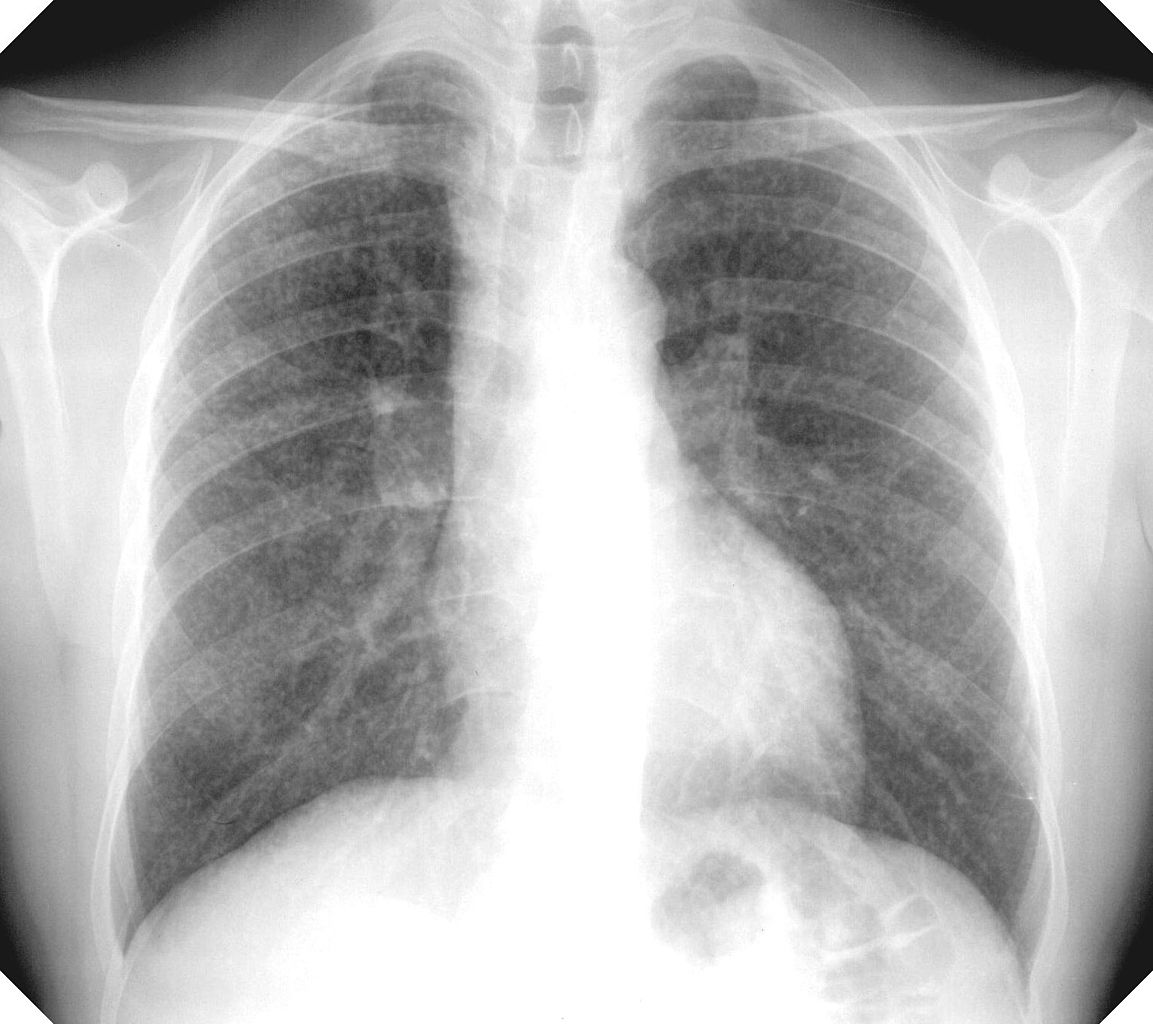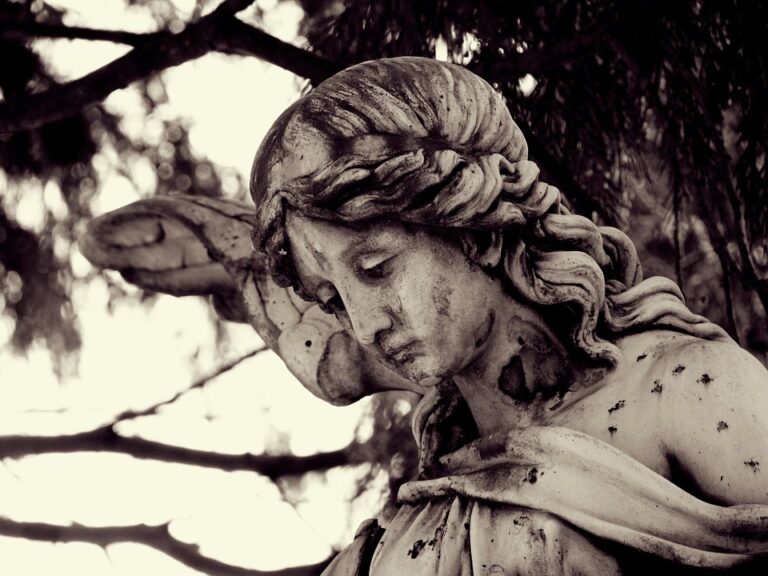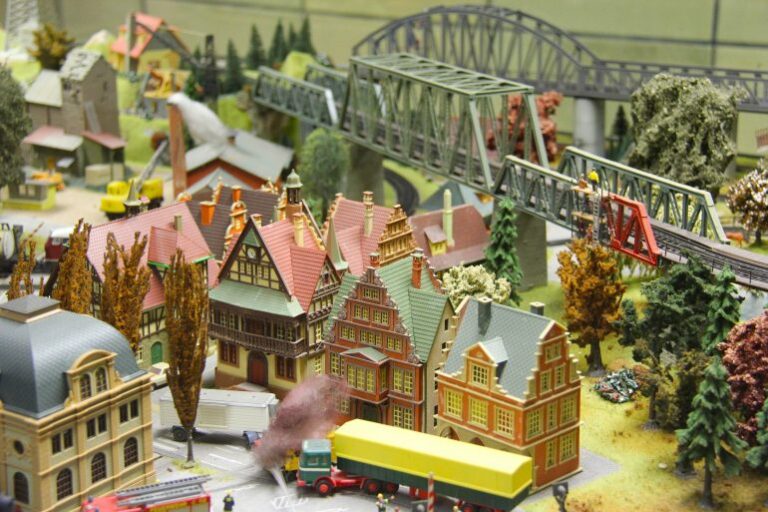The Unchanged Terrain of Muriel Rukeyser’s “The Book of the Dead”

Last week, the House Freedom Caucus released a list of 232 regulations it recommends that Donald Trump overturn when he gets into office. These regulations include everything from energy efficiency standards on appliances to Net Neutrality. One item in particular caught my eye. The Caucus recommends overturning OSHA’s Silica Rule, which “engineers controls to keep workers from breathing silica dust.” Their reasoning? The rule “drastically impacts the construction industry.”
In 1938, Muriel Rukeyser wrote “The Book of the Dead,” a long poem describing the impact of a silica mine on a small West Virginia town, Gauley Bridge. Two-thousand miners were drilling a tunnel a little over three miles long so that the river could be diverted, as part of a Union Carbide hydroelectric power plant project. When it was discovered that the rock they were tunneling through was made of valuable silica, they forced the men to work faster—without masks. Miners, many of them African-American, contracted a fatal lung disease called silicosis, which essentially kills by suffocation. The miners’ families were given minimal compensation; Union Carbide attempted to cover up its illegal mining practices and became the subject of congressional hearings.
Coming hot on the heels of modernist long poem masterpieces like Eliot’s “The Wasteland” or Stein’s “Tender Buttons,” the poem’s deliberate lucidity isn’t just an aesthetic choice—it’s a political one. Rukeyser, from the beginning of “Book of the Dead,” seeks the reader’s participation in the journey to Gauley Bridge. The reader is implicated from the first section, “The Road,” in which Rukeyser calls outward to her audience: “These are roads you take when you think of your country.” The disaster Rukeyser is about to explore is a part of “our country” and the reader will have no choice but to confront it.
Rukeyser’s mission with the long sequence is to guide us through the intricacies of a failure of capitalist America, using all the forms at her disposal: the lyric address of the opening poems, the narrative arc that reveals the story of the disaster. But it’s the use of documentary poems that incorporate found text from the hearings that strikes me as being so ahead of its time, and so critical to Rukeyser’s politically-influenced aesthetics of directness. Take “The Disease,” which begins:
This is a lung disease. Silicate dust makes it.
The dust causing the growth of
This is the X-ray picture taken last April.
I would point out to you : these are the ribs;
this is the region of the breastbone;
this is the heart (a wide white shadow filled with blood).
Although it’s been common in lyric poetry since the time of Sappho to write in the second person, it’s never seemed more direct as it does in “The Book of the Dead.” Here, though the one giving the testimony is likely urging an interlocutor to look at an X-ray (“I would point out to you”), Rukeyser stands behind the words, directing our gaze.
Rukeyser’s obsession is with a gaze that is democratic, rather than totalizing. Again, from “The Road”: “Now the photographer unpacks the camera and case / surveying the deep country, follows discovery / viewing on groundglass an inverted image.” The observing eye here does not necessarily belong to the poet or the speaker: she is declaring her dedication to vision, understanding that it will be necessarily subjective (the image is not true, after all, but “inverted”), and attempting to counter that by including as many different kinds of vision in the poems as possible. In the poem “Gauley Bridge,” she specifically notes where others look back: the houses have eyes, “the Negro” is noted multiple times as watching or looking, as are the patrons at the bar. In “Praise of the Committee,” she accords vision to the people in power, as well as the powerless of previous poems, writing, “here is a room of eyes.” In “The Disease: After-Effects,” Rukeyser extends the sight to the American citizenry; she warns that “no plane can ever lift us high enough / to see forgetful countries underneath.”
Partly through this democratic gaze and partly through other gestures, Rukeyser works to deflect the idea that she is the authority here. She doesn’t just imaginatively give voice to the people affected by Gauley Bridge, from white citizens to African-American miners, she foregrounds their own words. Like Virgil leading Dante through the Inferno, Rukeyser does reach for the reader’s hand outward to take us, descending, staircase by staircase, into various circles of a powerhouse and dam. But, also like Virgil, Rukeyser is our guide not necessarily because she is superior, more knowledgeable, more authoritative, but because she understands the moral difficulties of the terrain, and is unwilling to let us pass through them without drawing our attention—and hard—toward what we truly need to see. And may others like her continue to do this in 2016 when the terrain is, regrettably, nearly as unchanged as it was eighty years ago.


